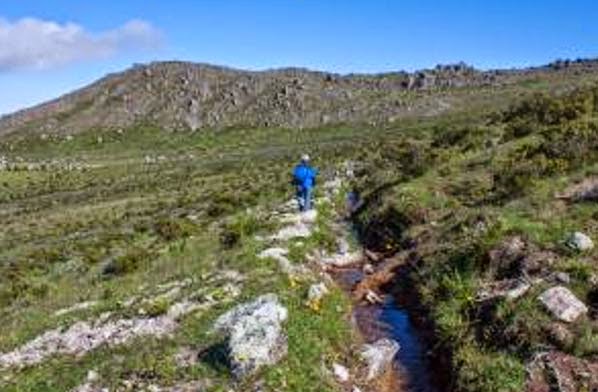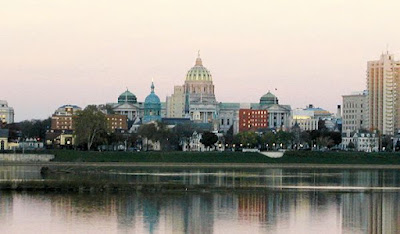Sew La Ti Embroidery [Search results for crisis]
Natural Heritage: Pre-Inca canals may solve Lima's water crisis

Top 5 Recovering Real Estate Markets in the U.S.

Back from the dead: Astonishing pictures show how Japan is recovering just three months after tsunami

Near East: Syrian authorities seize 6,000 looted antiquities

Rising of the New Moon
Half term holiday flights on knife edge: Family breaks under threat as Met office warns ash cloud could blanket Britain

Central Asia: Scholars rush to save Mes Aynak

An emotional Lady Gaga wipes away tears as she remembers Japanese earthquake victims

